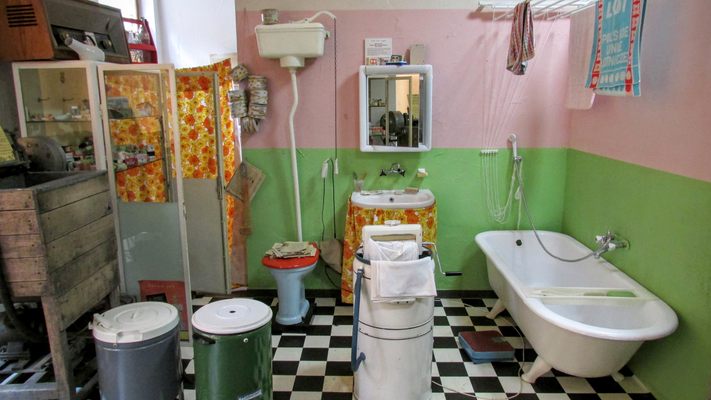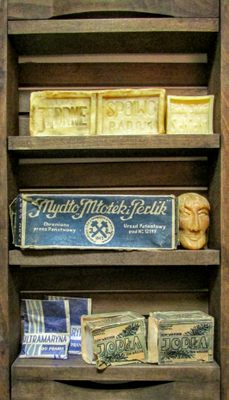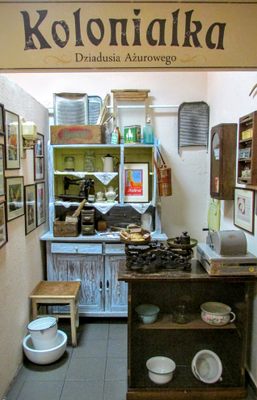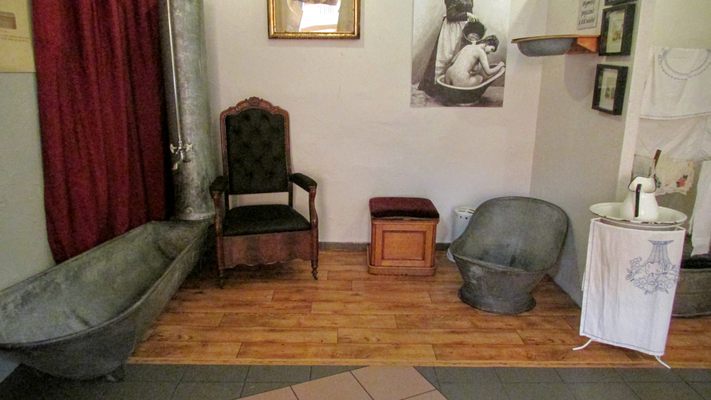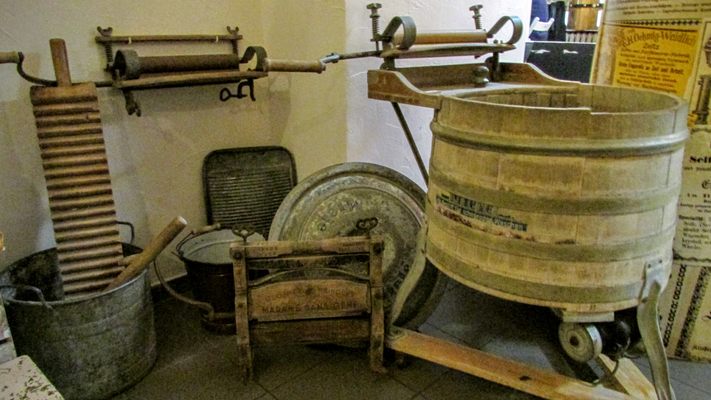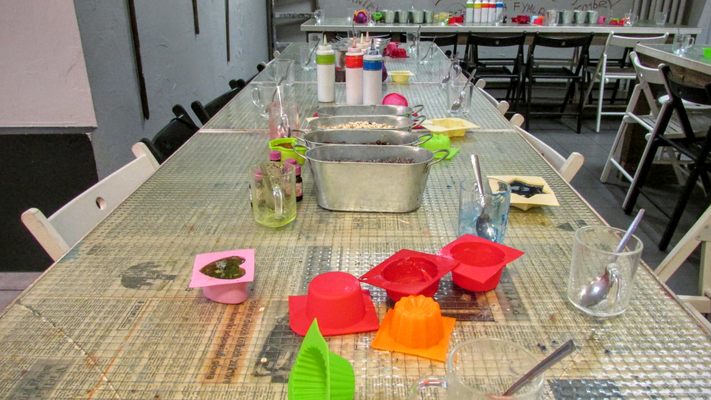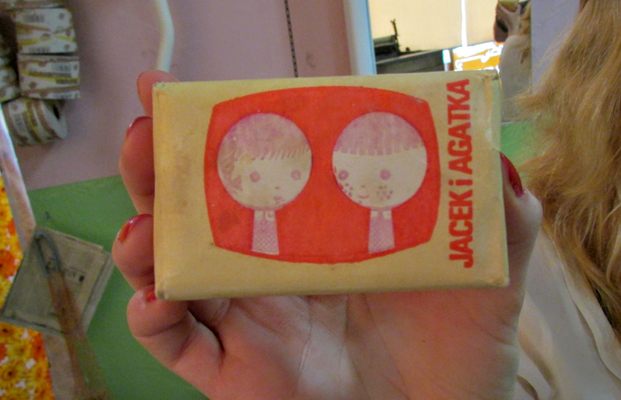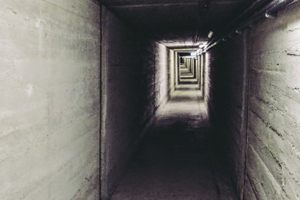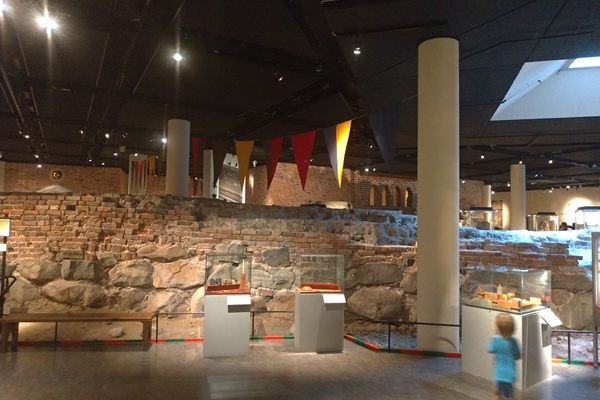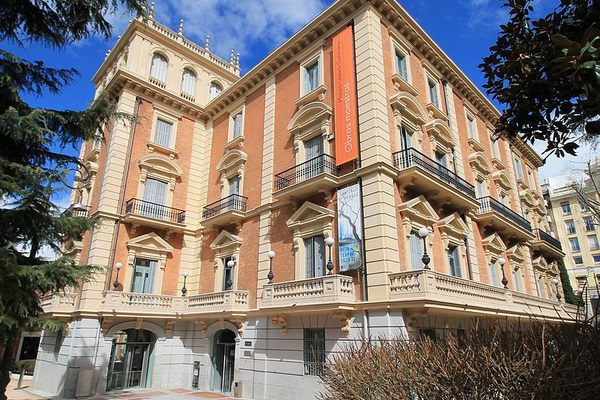About
With regular bathing frowned upon, medieval Europe was not known for its standards of hygiene. There was at least one exception though: the Polish city of Bydgoszcz, where their clean record with suds and soot is celebrated at the Museum of Soap and History of Dirt.
Opened in 2012 and the first of its kind, the museum honors Bydgoszcz’s salubrious past and long tradition of quality soap manufacturing, from centuries-old versions made of mutton fat and olive oil, to modern laundry flakes like Persil and Cypisek.
Records from the 14th century indicate there was also a popular bath called “Plugawy” (translation, “Filthy”) in Bydgoszcz, on historic Wyspa Młyńska (Mill Island) in the Brda River. Although it was run by a single attendant, Plugawy was a full-service spa for the people of Bydgoszcz where you could not only bathe, but get your rotten teeth pulled, get de-loused, and have a good leech-activated blood-letting.
But all was not so clean at Plugawy. The general consensus at the time saw bathing as a form of sexual debauchery and a way for the Devil to enter your soul. And if the Devil didn’t get you, illness probably would, as it was widely believed that being naked and letting the water touch you could make you sick (a belief perhaps linked to prostitution in public baths).
Over the centuries, soap-making techniques slowly made their way to Europe from farther east, and washing entered into culture norms. By the 1700s, attitudes about hygiene and modern medicine began to change, and the virtues of keeping yourself clean were touted. This eventually led to the commercial manufacturing of soap, and the burgeoning industry that thrived in Bydgoszcz—where it was already a clean, old friend.
Related Tags
Know Before You Go
Bydgoszcz is in central Poland, about 175 miles northwest of Warsaw. The museum is in the center of the town, a block from the Brda River. They are open every day from 10am to 6pm. Admission is 15 PLN (about US$4), or a group of 3-5 for 45 PLN (about US$12). It’s best to call in advance to reserve a tour as there are limited seats and tour groups come through daily. Tours are available in English and Polish and are organized every 90 minutes. A minimum of three people is required for a tour.
Community Contributors
Added By
Published
November 8, 2016
